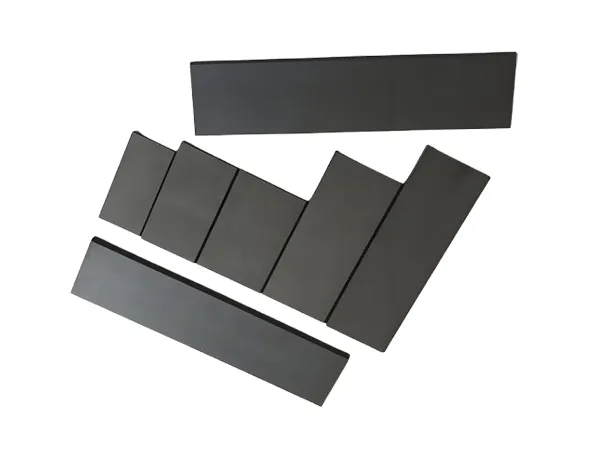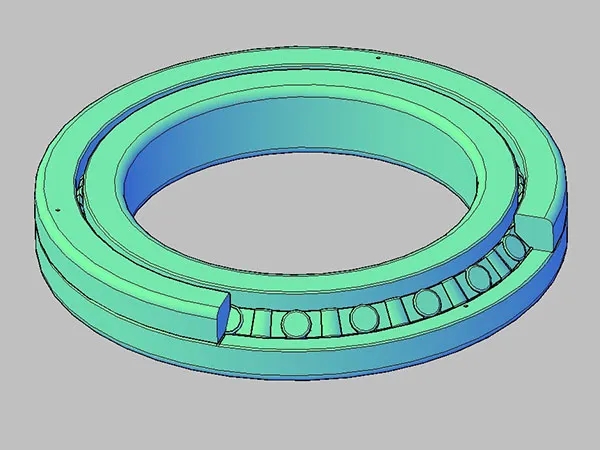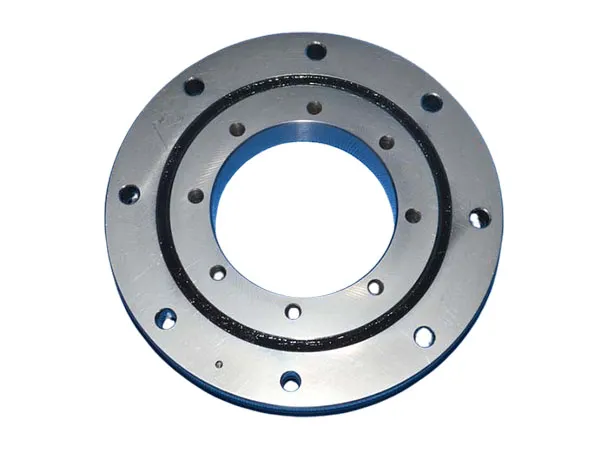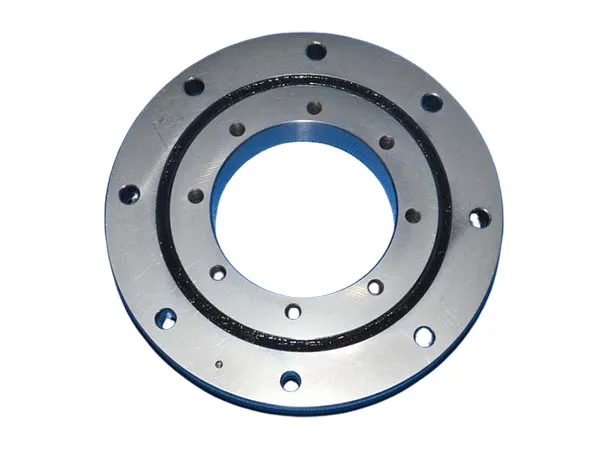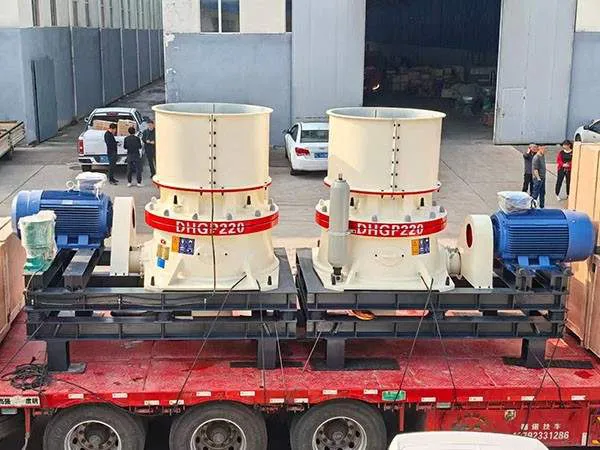Graphite products may not be the flashiest components in industrial operations, but their role is crucial. From high-temperature furnaces in metallurgy plants to precision electrodes in electronics, graphite ensures smooth operations where performance and reliability matter most.
However, even top-quality graphite can degrade if maintenance is overlooked. Rust, cracks, or oxidation might silently reduce efficiency and lead to unexpected downtime. In this guide, we’ll explore real-world maintenance tips drawn from industry experiences, showing how proper care can significantly extend graphite lifespan.
Graphite Products Maintenance Guide
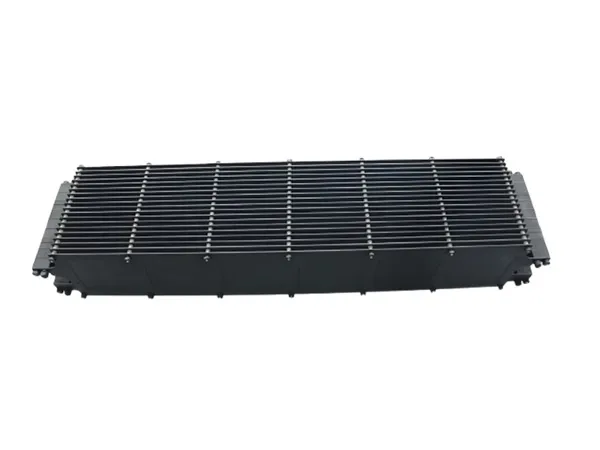
1. Smart Storage: Keep Graphite Safe from Moisture and Contaminants
In one steel processing plant, operators noticed reduced thermal efficiency after graphite molds absorbed moisture during storage. Graphite’s porous nature makes it prone to picking up water, dust, or oils—factors that compromise both structural integrity and heat conduction.
Proven Practices:
Store graphite in dry, ventilated warehouses.
Use airtight packaging for long-term storage.
Avoid storing near corrosive chemicals or high-humidity areas.
Industry Tip: For sensitive graphite components, use silica gel packs inside packaging to maintain dryness.
2. Gentle Handling: Prevent Cracks and Structural Damage
In an electronics manufacturer, a brittle graphite electrode cracked after accidental impact during transportation, delaying production by several days. While graphite is robust under normal conditions, it is brittle under sudden pressure.
Handling Guidelines:
Transport in foam-padded crates to absorb vibrations.
Avoid stacking heavy materials on graphite surfaces.
…
For more detailed information on graphite product maintenance guidelines, please click here:https://www.czgraphite.com/a/news/graphite-products-maintenance-guide.html


